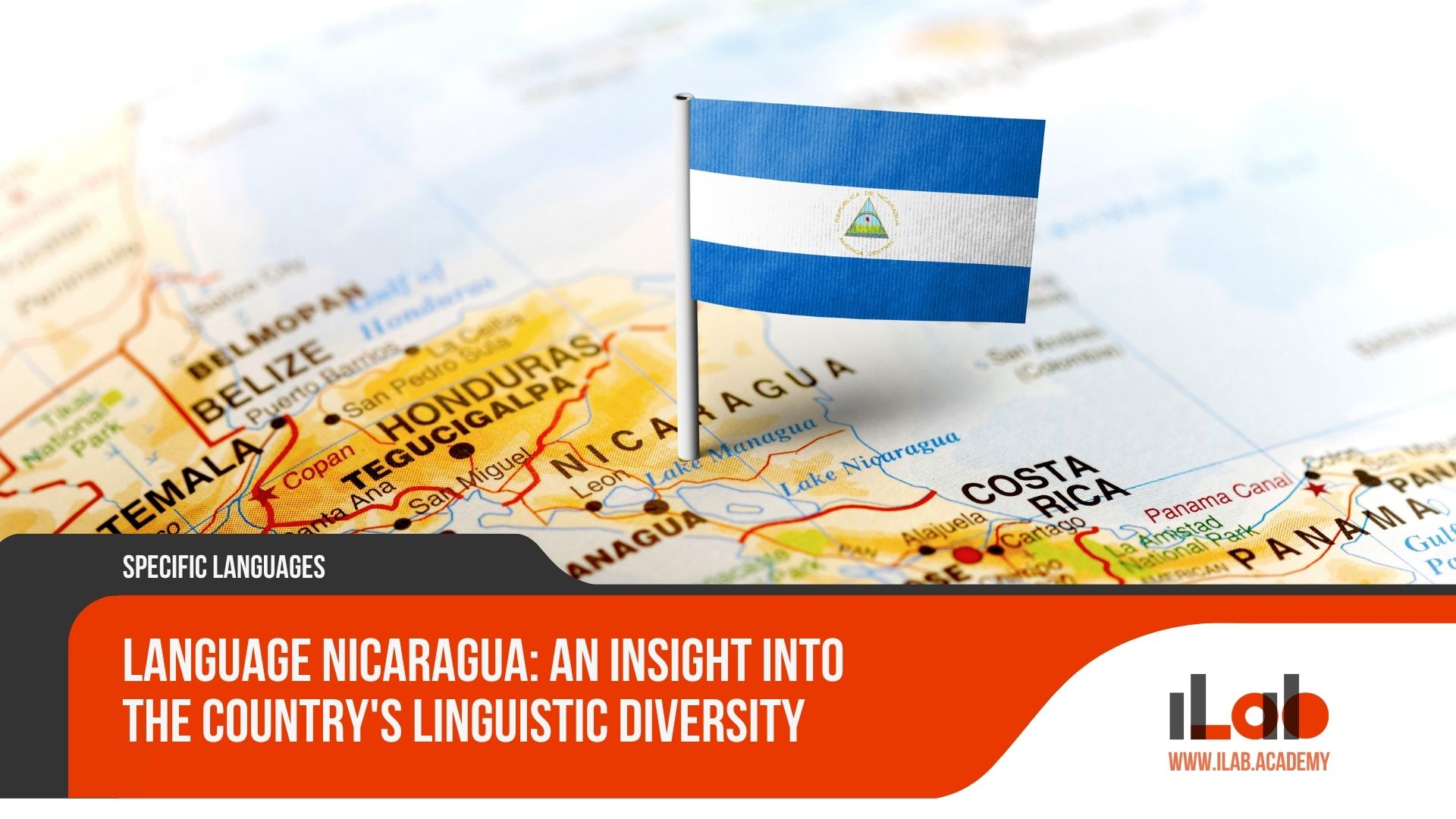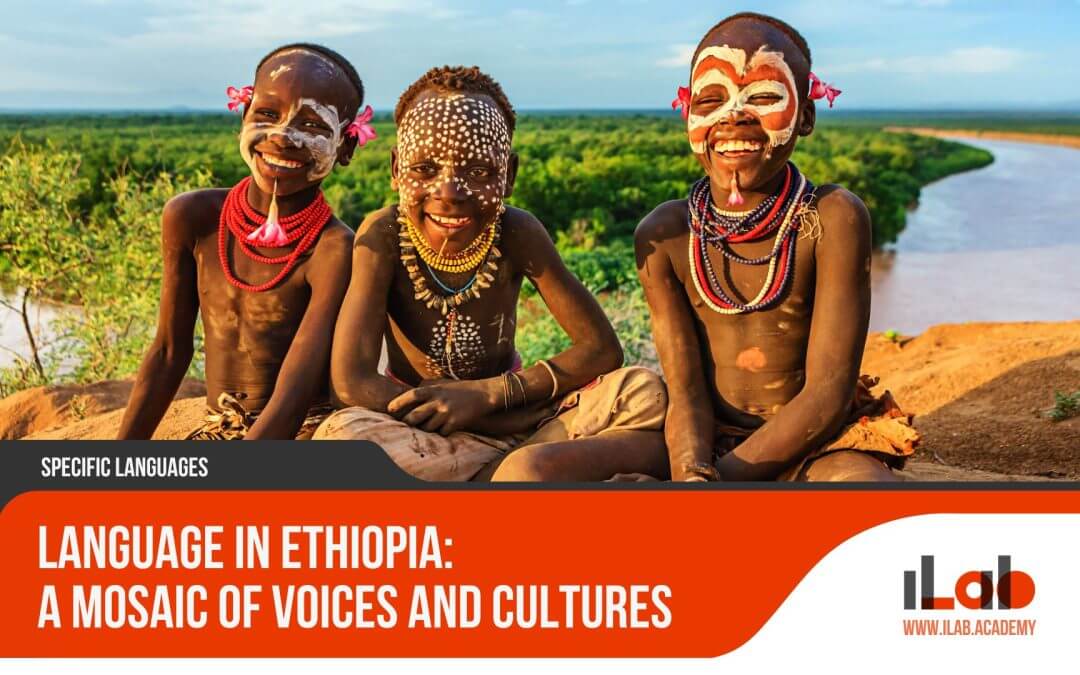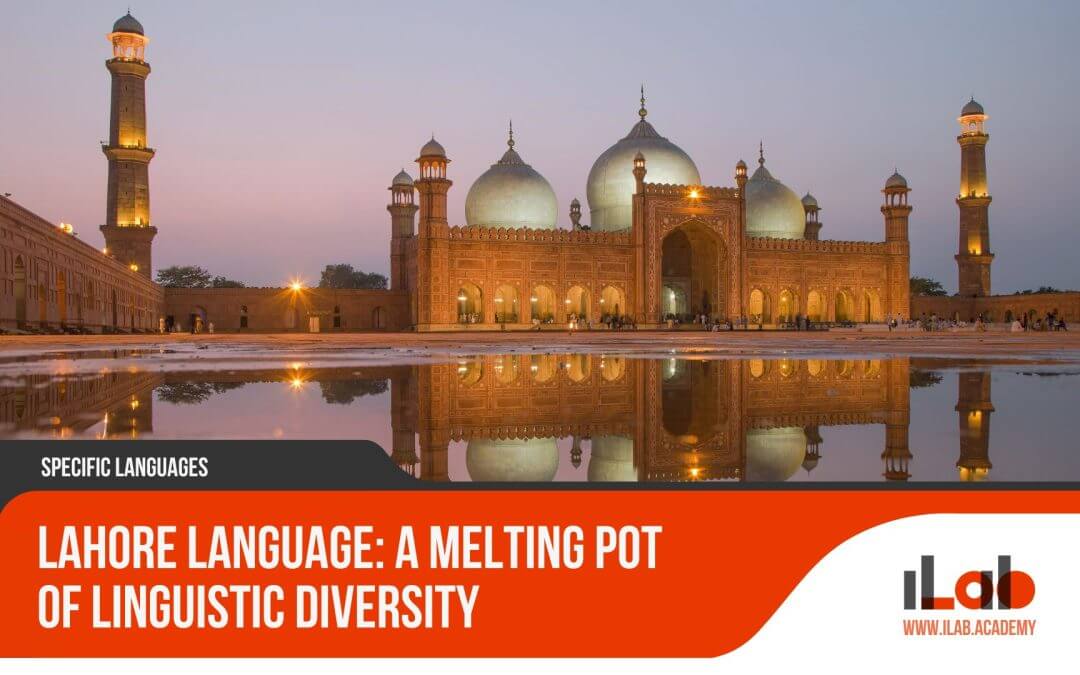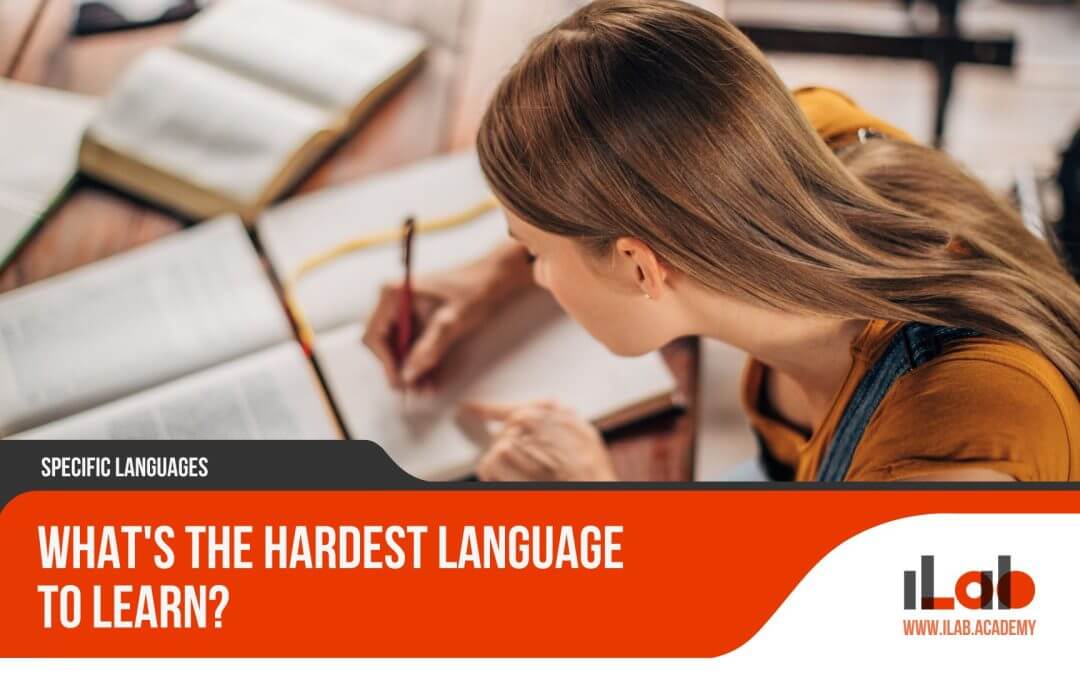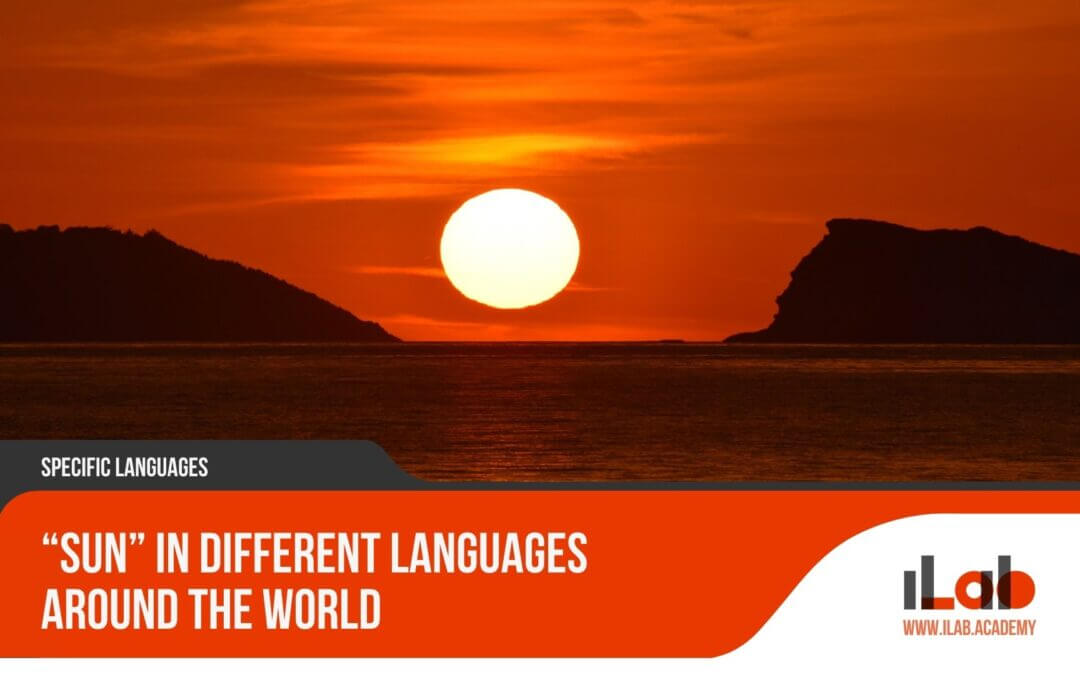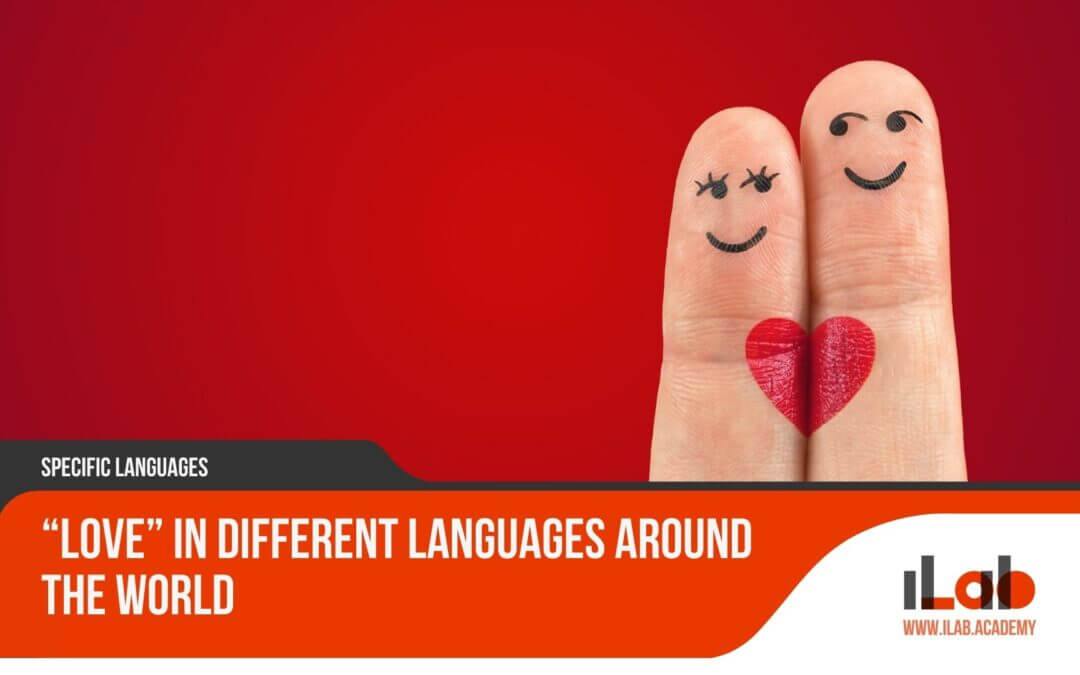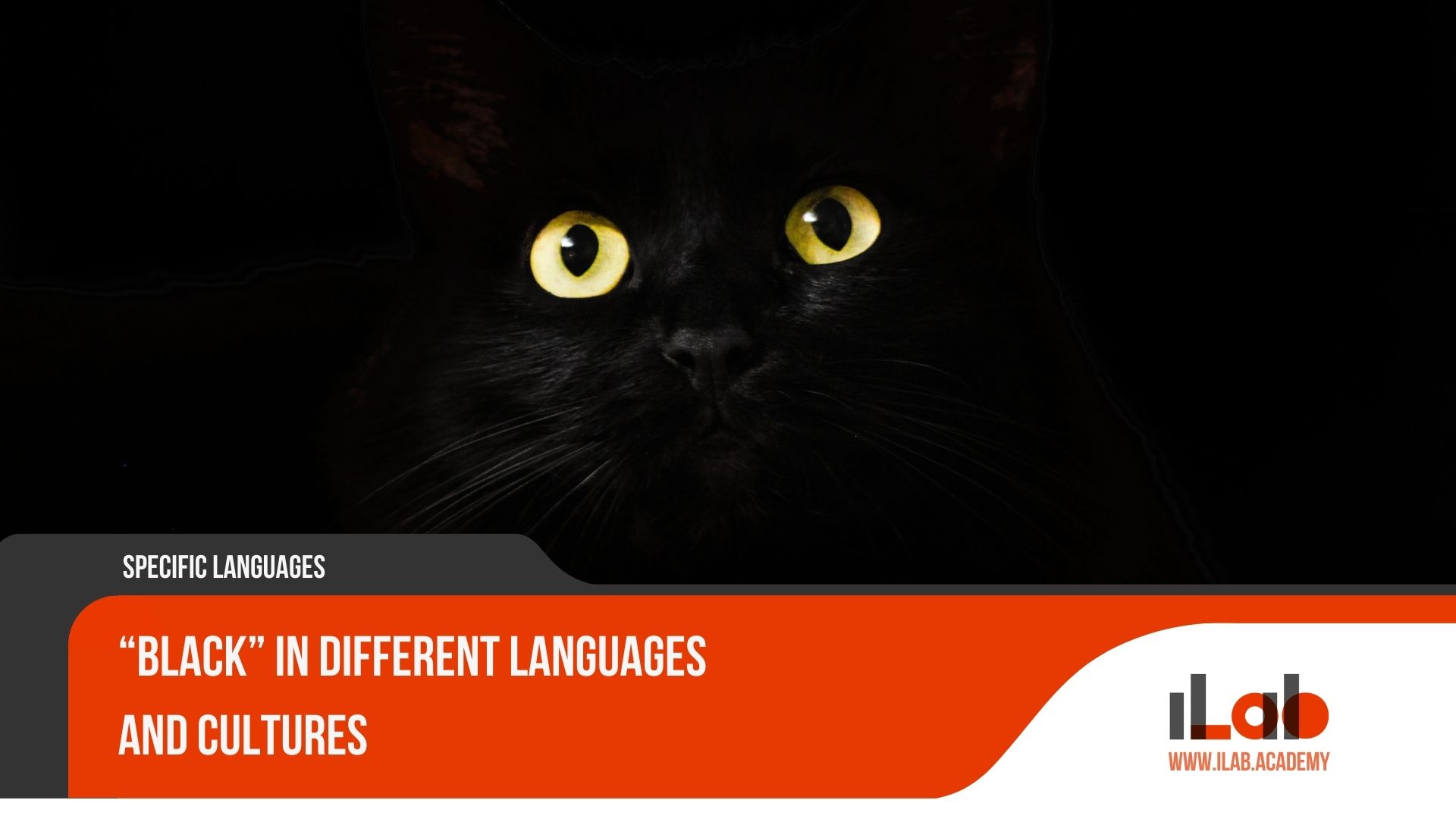Table of contents
Nicaragua’s linguistic tapestry, woven with the threads of its varied languages, presents an intriguing subject for scholarly examination. As the primary conduit of culture and identity, language in Nicaragua transcends mere communication, encapsulating the nation’s multifaceted history and social intricacies. While Spanish maintains its dominance, a closer look reveals an undercurrent of linguistic resilience among the country’s indigenous and Afro-descendant communities. The languages spoken by these groups not only enrich the national lexicon but also pose questions about the dynamics of linguistic power and preservation. Furthermore, the growing influence of English speaks to the country’s navigation of global currents. This intricate interplay of languages in Nicaragua prompts us to consider how cultural expressions and societal interactions are molded by the linguistic environment. As we embark on this exploration, the nuances of Nicaragua’s linguistic identity and the policies that shape its future beckon for a thoughtful and comprehensive understanding.
Key Takeaways
- Spanish is the predominant language in Nicaragua, with its historical roots in Spanish colonization and regional dialects contributing to its distinctiveness within the Spanish-speaking world.
- Nicaragua has a rich indigenous linguistic heritage, with languages such as Miskito, Rama, and Mayangna playing a significant role in ethnic identity, despite facing challenges in the face of Spanish dominance.
- The Creole languages spoken on Nicaragua’s Caribbean coast reflect a unique blend of African, Indigenous, and European influences, showcasing the linguistic diversity of the country.
- English is growing in influence in Nicaragua due to tourism, trade, and international relations, leading to its increasing status as a second language and its role in Nicaraguan education and business.
Spanish in Nicaragua: The Predominant Language
Spanish, the linguistic thread woven through the fabric of Nicaraguan society, stands as the predominant language, a legacy of centuries-old Spanish colonization. This colonial inheritance has not only shaped the nation’s linguistic landscape but has also instilled a cultural and communicative framework that persists to this day. As the official language, Spanish is the medium through which education, government, and media discourse operate, anchoring its position in everyday life.
The nuances that characterize Nicaraguan Spanish stem from a rich historical tapestry. Regional dialects showcase slight variations in vocabulary, pronunciation, and syntax, reflecting the country’s diverse geography and cultural influences. These variations contribute to the linguistic identity of communities, distinguishing one region from another within the national context. Despite these differences, a sense of unity is maintained through the shared use of the Spanish language, underscoring its pervasive role in Nicaraguan society.
As the dominant language, Spanish serves not only as a tool for communication but also as an emblem of national identity. It has been embraced and adapted to incorporate indigenous words and expressions, which demonstrates a living interplay between the country’s colonial past and its indigenous heritage. Furthermore, the Spanish language in Nicaragua has evolved to incorporate contemporary needs, becoming a dynamic entity responsive to global influences and internal linguistic innovations.
Understanding Nicaraguan Spanish is crucial for grasping the country’s cultural fabric. It is an essential component of Nicaragua’s identity, offering insight into the collective psyche and social customs of its people. As the nation continues to navigate the waters of modernity, Spanish remains a steadfast element of Nicaragua’s linguistic and cultural heritage.
Indigenous Linguistic Heritage: Nicaragua’s Native Tongues
Nicaragua’s indigenous languages, such as Miskito, Rama, and Mayangna, are vital threads in the country’s cultural tapestry, embodying the rich ethnic identities and histories of its native communities. These languages, each with its distinct phonological and grammatical structures, represent the living heritage of the indigenous populations that have inhabited Nicaragua’s landscapes for centuries.
The Miskito language, for instance, is spoken by the Miskito people, primarily on the eastern coast of Nicaragua. It enjoys a relatively robust number of speakers, with education and local media fostering its use. Mayangna and Rama, on the other hand, face greater challenges in terms of speaker numbers and intergenerational transmission. Efforts to preserve these languages often hinge on community-led initiatives and educational programs that promote bilingualism and cultural pride.
Despite the dominance of Spanish, the Nicaraguan government has taken steps to recognize the significance of its indigenous linguistic heritage. Autonomy statutes and language preservation policies have been enacted, particularly in regions where these languages are most prevalent. However, actual implementation varies, and the effectiveness of these measures is a subject of ongoing concern.
The survival of Nicaragua’s native tongues is intertwined with broader issues of identity, rights, and social justice. As vehicles of ancestral wisdom and indigenous worldviews, these languages contribute to the diversity of human expression and thought. Their continuity is not merely a cultural imperative but also a testament to the resilience of indigenous communities in the face of globalization and linguistic homogenization. It is through sustained commitment to language preservation and revitalization that Nicaragua’s indigenous linguistic heritage can continue to flourish.
The Creole Languages of the Caribbean Coast
While the indigenous languages of Nicaragua reflect the voices of its ancestral past, the Creole languages of the Caribbean coast tell a story of cultural convergence and linguistic evolution. These Creole languages have emerged from a rich historical tapestry woven with threads from African, Indigenous, and European cultures. The linguistic diversity of Nicaragua’s Caribbean coast is particularly embodied in the English-based Creole languages that have developed over time.
Nicaraguan Creole English, or Creole for short, stands out as the most prominent among these languages. It is an English-based Creole that has been influenced by the various African languages spoken by the enslaved people brought to the region, as well as by elements from indigenous languages and Spanish. This linguistic blend has resulted in a unique dialect that is distinct from the English spoken in other parts of the world.
The Creole languages of Nicaragua’s Caribbean coast are not merely communication tools but are also integral components of the identity of the Creole communities. They encapsulate the experiences, traditions, and history of the people who speak them. The use of Creole languages contributes to the cultural mosaic of Nicaragua, adding another layer to the country’s linguistic and cultural diversity.
Today, these Creole languages are recognized as an important part of the nation’s heritage. They are spoken in daily life, taught in some schools, and are present in various forms of local media. This recognition and use are crucial for their preservation, ensuring that the Creole languages of Nicaragua’s Caribbean coast continue to thrive alongside the country’s other languages.
English Language Influence in Nicaragua
Amidst the lush landscapes and rich cultural tapestry of Nicaragua, the English language is carving out its own significant niche, propelled by the forces of globalization in areas such as tourism, international trade, and diplomatic relations. The country’s historical ties, particularly on the Caribbean coast, have established a foundation for English usage, which has been amplified by modern economic and social exchanges.
The influence of English in Nicaragua manifests in several key areas:
- Education Systems: English is increasingly emphasized in Nicaraguan schools as a valuable skill for global communication. Bilingual programs are expanding, and the demand for English instruction is growing among students seeking better employment opportunities both within and outside the country.
- Business and Commerce: As Nicaragua engages more with international markets, proficiency in English has become a significant asset for local businesses. This linguistic shift is particularly evident in sectors such as tourism, where English enables better service to a diverse clientele, and in the export industry, which relies on English for negotiations and networking.
- Cultural Exchanges: Cultural diplomacy and international relations often operate in English, bringing a plethora of non-Spanish-speaking visitors and expatriates to the country. This has led to a more multicultural and multilingual society that accommodates and sometimes adopts English in public and private spheres.
The burgeoning status of English as a second language in Nicaragua underscores its role as a bridge between the Nicaraguan people and the wider global community. While Spanish remains the lingua franca, the English language’s influence is an undeniable marker of Nicaragua’s evolving linguistic landscape, reflective of the country’s aspirations and its integration into the global tapestry.
Nicaragua’s Bilingual Education: Challenges and Achievements
In the realm of education, Nicaragua has embarked on a bilingual journey, aiming to integrate Spanish with indigenous languages to preserve its diverse linguistic heritage. This initiative reflects the country’s commitment to cultural inclusivity and recognition of its multiethnic population. Bilingual education in Nicaragua faces several challenges, yet also boasts notable achievements.
One of the main challenges is the scarcity of resources, including trained teachers who are fluent in both Spanish and local indigenous languages. Additionally, there is a need for adequate teaching materials that reflect the cultural contexts of these languages. Despite these hurdles, Nicaragua has made strides in integrating bilingual education into its school curriculum, particularly in regions with significant indigenous populations.
The table below provides an overview of the current state of bilingual education in Nicaragua:
| Aspect | Challenge | Achievement |
|---|---|---|
| Teacher Training | Limited number of bilingual educators | Programs initiated to train more bilingual professionals |
| Educational Materials | Shortage of culturally relevant bilingual textbooks | Development of new learning resources |
| Community Engagement | Varying levels of community involvement in education | Increasing awareness and participation in local schools |
Nicaragua’s efforts to address linguistic diversity through education are crucial for the preservation of its indigenous languages. The achievements, although still emerging, indicate a positive trend towards a more inclusive educational system that honors the nation’s linguistic and cultural diversity. Understanding and supporting these endeavors is essential for the future of Nicaragua’s linguistic heritage.
Linguistic Rights and Language Preservation Initiatives
Nicaragua has established a legislative framework to safeguard linguistic rights and promote initiatives for the preservation and revitalization of its minority languages. This framework is pivotal in a country where linguistic diversity is both a cultural treasure and a challenge in the context of a predominantly Spanish-speaking population. The government, along with various non-governmental organizations, has recognized the importance of nurturing all languages spoken within its borders.
Here are key aspects of Nicaragua’s efforts to support linguistic diversity:
- Legal Protection: The Nicaraguan Constitution and certain laws recognize the country’s linguistic diversity and grant indigenous and Afro-descendant communities the right to use, develop, and preserve their own languages. This legal recognition is a crucial step in ensuring that language rights are upheld.
- Educational Programs: Bilingual education initiatives have been implemented, especially in regions with significant populations of indigenous and Afro-descendant peoples. These programs aim to provide education in both the mother tongue and Spanish, fostering a bilingual and bicultural environment that respects and values indigenous languages.
- Cultural Promotion: There is ongoing work to include indigenous languages in cultural events and media, promoting awareness and appreciation of these languages among the broader population. Additionally, efforts to document and revitalize these languages are underway, often led by community-based organizations and linguistic researchers.
Through these measures, Nicaragua aspires to maintain its linguistic heritage as a living, evolving element of national identity. The commitment to language preservation is an acknowledgment of the intrinsic value of linguistic diversity and its role in the richness of human culture.
Cultural Expression and Language in Nicaraguan Media
Exploring the Nicaraguan media landscape, one finds a vibrant tapestry of languages that reflect the nation’s cultural diversity, including television programs, radio broadcasts, and literary works that utilize Spanish, indigenous languages, and English-based Creole. This rich medley not only entertains but also serves as a crucial vehicle for cultural expression, connecting individuals to their heritage and fostering a shared national identity.
Television in Nicaragua predominantly broadcasts in Spanish, the country’s official language, ensuring wide accessibility and comprehension. However, there is a growing presence of content in indigenous languages and Creole, especially in regions where these languages are widely spoken. This includes news segments, educational programming, and cultural showcases that aim to represent the diverse voices of the Nicaraguan populace.
Radio has historically been a potent medium for reaching remote areas, and it continues to play a significant role in language preservation. Community radio stations often broadcast in local languages, providing not only entertainment but also vital information on community issues, health, and education in a linguistically inclusive manner.
Literature, another facet of Nicaraguan media, reflects the country’s linguistic richness with works published in Spanish and translations available for key indigenous languages. This ensures that the literary heritage is not only preserved but celebrated and made accessible to speakers of all backgrounds.
Nicaraguan media thus acts as a guardian of linguistic diversity, promoting the use and recognition of multiple languages. Through these outlets, language becomes more than a means of communication—it is a form of cultural expression that nurtures the nation’s identity and contributes to the tapestry of Nicaraguan society.
The Sociolinguistics of Language Nicaragua: Identity and Change
Language serves as a mirror to societal shifts and statuses, reflecting the intricate interplay between Nicaragua’s identity and the sociolinguistic evolution within its communities. The country’s linguistic landscape is marked by diversity and constant change, influenced by historical events, cultural interactions, and economic developments. To understand the sociolinguistics of Nicaragua, one must consider how language both shapes and is shaped by the identity of its speakers and the changes they experience.
The sociolinguistic dynamics in Nicaragua can be encapsulated by the following key points:
- Spanish as a Marker of National Identity: Spanish, Nicaragua’s official language, operates as a strong marker of national identity. However, within its usage, there are regional variations that reflect the country’s social stratification and history.
- Indigenous and Creole Languages Reflecting Cultural Resilience: Indigenous languages such as Miskito, Rama, and Mayangna, along with Creole languages on the Caribbean coast, are emblematic of the country’s cultural resilience. These languages have retained their importance for ethnic groups’ identity, despite the domination of Spanish and increasing globalization.
- Impact of Policy and Education on Language Viability: Nicaragua’s approach to bilingual education and policies regarding linguistic rights significantly affect the viability of its diverse languages. Efforts to preserve linguistic heritage through education are crucial in maintaining the vitality of less dominant languages and ensuring their transition to future generations.
Frequently Asked Questions
How Do Nicaraguan Sign Languages Fit Into the Country’s Linguistic Landscape, and What Resources Are Available for the Deaf Community?
Nicaraguan Sign Languages, particularly Idioma de Señas de Nicaragua (ISN), play a crucial role in the country’s linguistic milieu, catering to the communication needs of the deaf community. Resources for the deaf include specialized educational programs, advocacy organizations, and ISN interpreter services, which facilitate access to information, education, and social integration, thus acknowledging and supporting linguistic diversity and the rights of deaf individuals within Nicaragua.
Has the Nicaraguan Diaspora Influenced Language Use or Diversity Within the Country, and in What Ways?
The Nicaraguan diaspora has impacted language use within the country, particularly through remittances that foster economic ties and cultural exchange. Such interactions can introduce new linguistic elements and bilingualism, especially in areas with high emigration rates. However, the extent of this influence is contingent on factors like the size of the diaspora and the level of engagement with their country of origin.
Are There Any Notable Nicaraguan Linguists or Scholars Who Have Significantly Contributed to the Understanding or Preservation of the Country’s Languages?
Notable Nicaraguan linguists, such as Father Carlos MejÃa Godoy, have played a pivotal role in the preservation and study of the country’s languages. Through their scholarly work, they have contributed significantly to the understanding of Nicaragua’s linguistic heritage, ensuring that the nation’s diverse array of tongues, including indigenous and Creole languages, are documented, analyzed, and celebrated, thus safeguarding them for future generations.
How Has Digital Technology, Such as Social Media and Mobile Apps, Impacted the Use and Preservation of Indigenous and Minority Languages in Nicaragua?
Digital technology, including social media and mobile apps, has significantly influenced the use and preservation of indigenous and minority languages in Nicaragua. These platforms facilitate wider communication and the sharing of linguistic resources, thus aiding in the revitalization and teaching of these languages. They also enable the creation of digital content in native tongues, enhancing their visibility and use among younger generations and helping to maintain linguistic diversity in the digital age.
In What Ways Do Nicaragua’s Tourism Hotspots Cater to or Influence the Multilingual Needs of International Visitors, Beyond the Primary Use of Spanish and English?
In Nicaragua, tourism hotspots address multilingual needs through signage, guides, and services in various languages. This catering extends beyond Spanish and English to include languages like German, French, and Italian, reflecting the international visitor demographic. Such facilities enhance the tourist experience and showcase the country’s commitment to accommodating a diverse clientele, while also subtly promoting linguistic diversity as part of Nicaragua’s cultural appeal.
Conclusion
In conclusion, Nicaragua’s linguistic tapestry is a testament to its historical depth and cultural plurality. The dominance of Spanish is counterbalanced by the resilience of indigenous languages and the distinctiveness of Caribbean Creole. The burgeoning influence of English underscores the country’s engagement with global dynamics. While bilingual education advances, challenges persist, necessitating concerted preservation efforts. Language remains a critical vessel for cultural expression, identity formation, and sociolinguistic evolution in this multifaceted Central American society.

